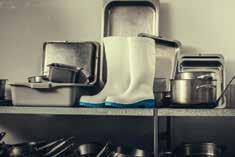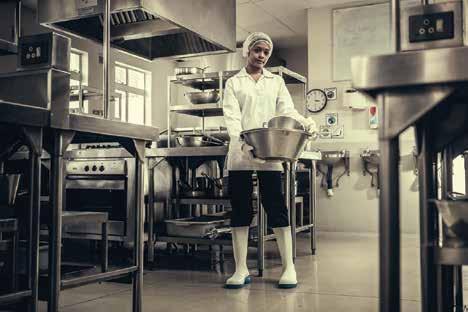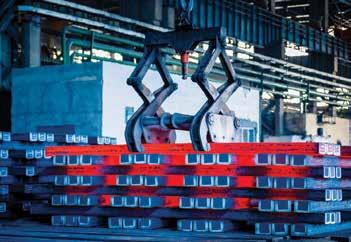
5 minute read
Steel and glass
Steel industry battles the oddS
If promised infrastructure projects don’t materialise, steel’s once-shiny future will become dull, reports DALE HES
The outlook for South Africa’s battered steel industry remains bleak with demand expected to drop by 20 per cent in 2020 while China continues to dominate global production. During the COVID-19 pandemic, it was anticipated that demand for steel would drop drastically, resulting in a massive oversupply of steel and a severe drop in steel prices.
China’s steel industry has experienced a strong bounce-back after the initial COVID-19 shock and is on track to produce more than 1 billion tonnes in 2020 – a 3.5 per cent increase from 2019. Charles Dednam, general secretary of the South African Institute for Iron and Steel (SAISI), says that this does not bode well for the South African steel industry. “This, along with South Africa’s current unique economic situation, aggravates the disastrous situation in which the South African steel industry fi nds itself. In 2020, steel demand is expected to be around 3.5 million tonnes in South Africa, more than 20 per cent down from last year’s levels.”
DEPENDENT ON INFRASTRUCTURE
The industry is now pinning its hopes on government’s promises to invest heavily in infrastructure Charles Dednam projects to stimulate the economy in the wake of COVID-19. Government has announced 50 major infrastructure projects that will go out for tender soon, but Dednam says that the steel industry is sceptical about their implementation. “Steel consumption is very much linked to activity around infrastructure projects, many of which simply do not get off the ground. There are many infrastructure-related projects in municipalities that would bring much-needed steel demand and boost jobs if only the ability to execute these projects without corruption could be enhanced.”
“In 2020, steel demand is expected to be around 3.5 million tonnes in South Africa, more than 20 per cent down from last year’s levels.”
FAST FACT Current confi dence in the steel sector stands at just 19 per cent, rising to 33 per cent in the medium term (12 months) and 52 per cent in the long term (fi ve years).
Source: SAISI’s 3rd Steel Sector Business Confi dence Index
IS THE WORLD RUNNING OUT OF SAND?
Believe it or not, sand is starting to become a threatened resource. Sand is our most used natural resource: we go through about 50 billion tonnes of it every year to make concrete, glass, paper, plastics, paint, and even toothpaste and breast implants. Importantly, only marine sand (from places like riverbeds and beaches) can be used for these purposes because wind erosion makes grains from
– CHARLES DEDNAM, GENERAL SECRETARY, SAISI
the desert unsuitable.
Source: United Nations Environment Programme
Shattered glass
Glass manufacturers will have to contend with an estimated decline in revenue of 15 per cent over the next 12 months, according to Consol Glass CEO Mike Arnold, who says the industry could take as long as three years to recover after the severe impact of alcohol bans during South Africa’s lockdown. With the alcoholic-beverages industry accounting for about 85 per cent of sales in the glass packaging industry, losses from the two bans totalled about R1.7-billion for glass manufacturers.
Consol Glass, which has been forced to inde nitely suspend the construction of a manufacturing plant in Nigel, is seeing a more positive trading environment in lockdown level 2, but is unsure of the long-term outlook for the industry. “The industry is experiencing some normalisation and, of course, the supply chain has been depleted and needs re lling. The result is that we are seeing a peak in demand as we approach the end-ofyear holiday period,” says Arnold. “However, the longer-term impact of the pandemic will need to be gauged before we have a clear picture of the overall nancial impact. Many are predicting that COVID-19 will reshape social norms, behaviours and attitudes to some extent, and it is dif cult to anticipate right now how this will affect future alcohol consumption.” Consol estimates that glass demand could decline by 10-15 per cent from pre-COVID-19 market estimates and could Mark Arnold take as long as two to three years to reach past demand.
THE URBAN IS PART OF A NEW RANGE FROM LEMAITRE LAUNCHING SOON.

Contact us for more details and a free consultation on the best fit for your working environment.
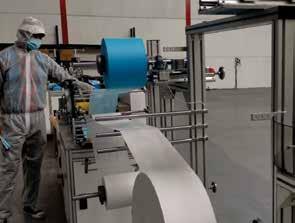
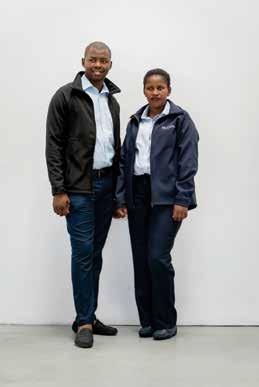
FROM ONE WORKER TO ANOTHER
ONE WORKER SUPPORTING
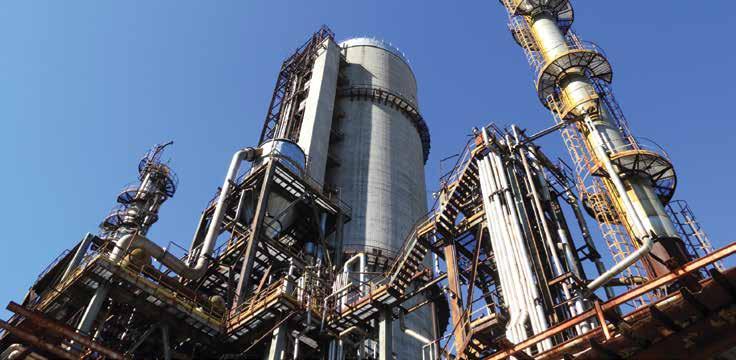

For more than 30 years, Lemaitre has supported South African workers with locally manufactured safety footwear, and responsible sourcing that supports local industries.
The Urban safety boot is built to withstand some of South Africa’s toughest environments. The Inyati PU Rubber Sole offers high heat, cut and abrasion resistance; while the upper is made of full-grain genuine leather with reflective inserts for increased visibility, waterproof seams and an anti-penetration midsole to prevent sharp objects penetrating the boot. The Urban offers superior resistance to oils and certain chemicals with SRC rated slip resistance for environments that may have wet or oily surfaces.
The URBAN features a Footology Climate Control insole offering thermal regulation properties and excellent moisture wicking properties.
Follow us on Facebook & Youtube at Lemaitre Safety Footwear to find out more about how we support local industries.
SOURCED AND MANUFACTURED IN SOUTH AFRICA
www.lemaitre.co.za


BBF Bova Artisan Range Press Ad FA_paths.indd 1

2020/09/15 16:15
